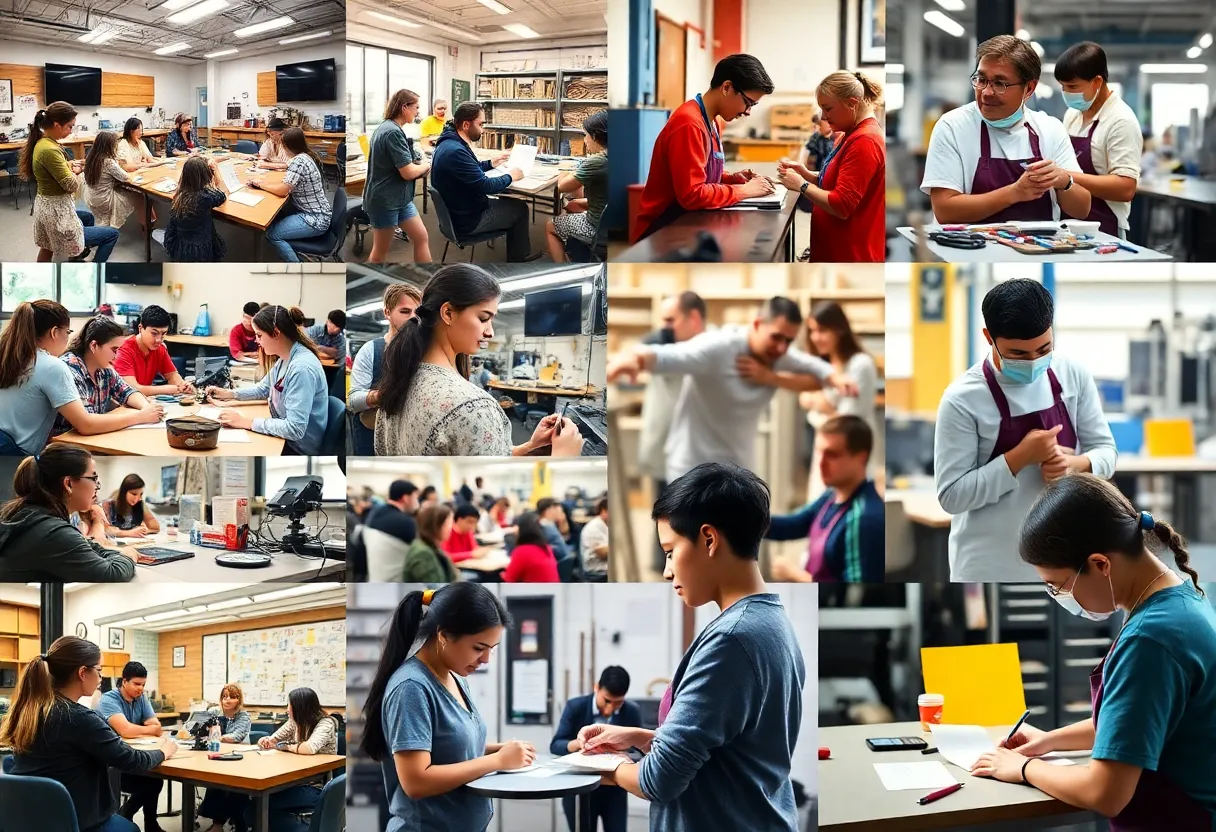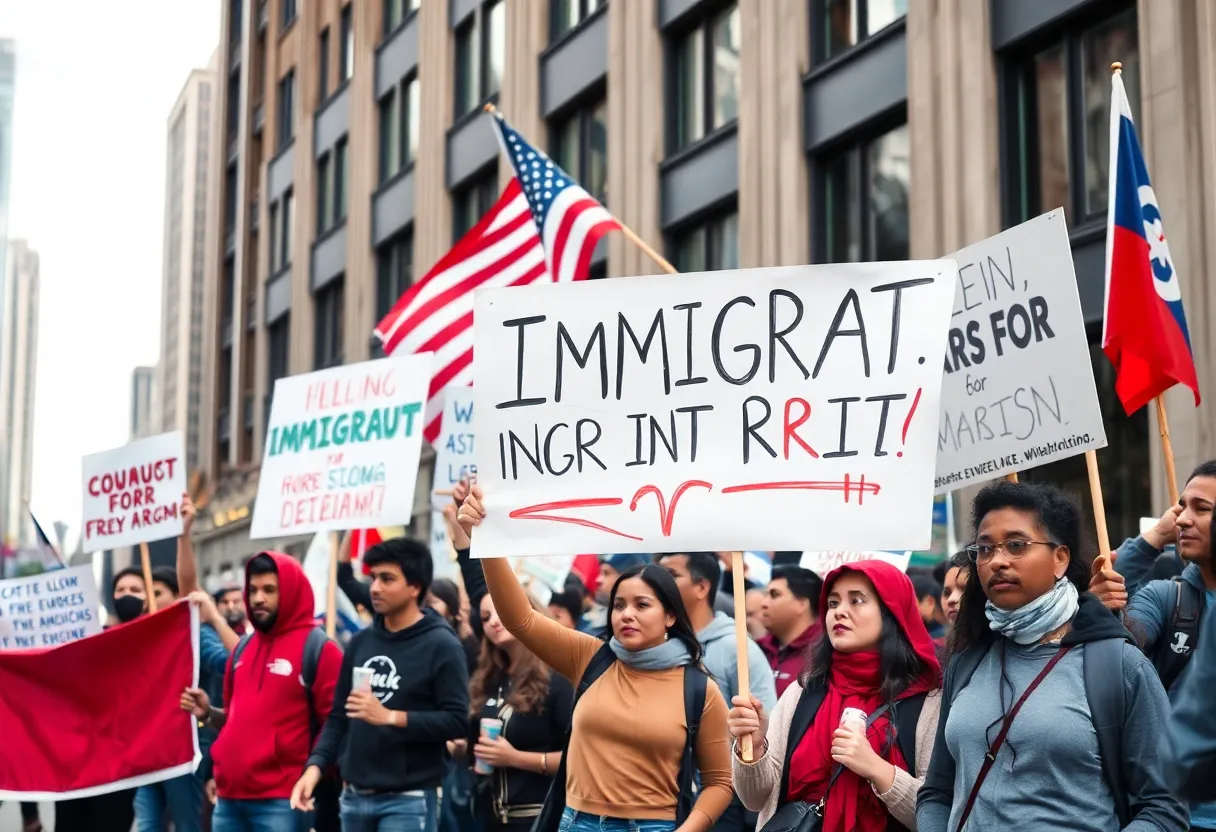Exploring Vocational and Technical Education Opportunities in New York State
Overview of Vocational and Technical Education in New York State
New York State boasts a broad spectrum of vocational and technical education (VTE) programs meticulously designed to prepare students for practical careers. These initiatives span multiple educational levels, including high schools, postsecondary institutions, and adult education centers. The goal remains consistent: equip learners with tangible skills aligned with labor market demands, fostering economic development and individual success.
High School Programs
At the high school level, Career and Technical Education (CTE) programs integrate academic coursework with hands-on training. In bustling urban centers such as New York City, more than 130 schools house over 260 CTE offerings, distributed across 16 distinct career clusters. These clusters include Health Science, Information Technology, Manufacturing, and Skilled Trades. Each program emphasizes experiential learning through work-based experiences, such as internships and apprenticeships. Such exposure enhances employability and provides pathways to both higher education and immediate employment.
High school CTE programs often incorporate project-based assignments, industry certifications, and industry site visits. Curriculums are regularly updated to reflect current labor market needs. This ensures students gain relevant skills, increasing their competitiveness in an evolving job environment.
Postsecondary Programs
Postsecondary vocational training in New York is delivered via community colleges, specialized technical schools, and standalone vocational institutions. These programs typically target individuals seeking advanced skills for specific careers. For example, programs for advanced manufacturing, information systems, culinary arts, and healthcare support staff are common.
Historical context highlights innovative initiatives such as the Vocational Independence Program (VIP) at the New York Institute of Technology. This program was formerly dedicated to students with intellectual disabilities, aiming to foster job readiness and promote independent living skills. Although the VIP program was discontinued by June 2020, it exemplifies the focus on inclusive vocational training. Currently, many postsecondary institutions provide customized training tailored to industry standards, often involving industry partnerships for certification and job placement.
Adult Education and Continuing Education
For adults seeking career shifts or skill enhancement, New York offers a robust array of vocational training through Adult Career and Continuing Education Services (ACCES). These programs target diverse learner needs, including dislocated workers, veterans, and immigrants. They provide essential services such as on-the-job training (OJT), internships, literacy instruction, and employability skills workshops.
Service providers include public secondary schools, community colleges, and non-profit organizations approved by the New York State Education Department. Courses are often flexible, with evening and weekend classes, accommodating working adults. Many programs also assist with resume writing, interview techniques, and job placement, facilitating employment transitions efficiently.
Accreditation and Certification
Maintaining program quality and industry relevance requires rigorous oversight. The New York State Education Department manages accreditation standards for postsecondary vocational programs, especially in healthcare, technology, and skilled trades. These standards ensure curricula meet current occupational requirements and prepare students for nationally recognized certifications.
Instructors in CTE courses must demonstrate appropriate certifications and occupational experience. This dual requirement ensures that educators possess both pedagogical skills and industry expertise. Certification pathways often involve a combination of related work experience, industry-recognized credentials, and pedagogical training.
Financial Aid and Support
Financial barriers should not impede access to vocational training. Various financial aid sources are available, including federal and state programs, grants, and scholarships targeted specifically at vocational students. The Vocational and Technical Education Act (VTEA) supports initiatives that offer comprehensive support services—like career counseling, skills assessments, and job development assistance.
Furthermore, many institutions provide tuition waivers, sliding scale fees, or subsidized training programs. These financial supports aim to create equitable access, enabling individuals from diverse backgrounds to attain vocational skills that lead to sustainable employment.
Specialized and Industry-Specific Programs
New York’s vocational landscape reflects the state’s economic sectors. Programs tailored to industries such as healthcare, technology, construction, transportation, and hospitality develop specialized skills. Healthcare is a significant focus, with programs encompassing nursing support, medical assisting, and pharmacy technician certifications.
Technology-centric training includes network administration, cybersecurity, and software development. The construction industry benefits from carpentry, electrical, and plumbing apprenticeship programs—many of which partner with industry unions. This targeted training approach ensures that graduates are equipped with competencies demanded by the labor market.
Work-Based Learning and Apprenticeships
Work-based learning remains a cornerstone of vocational training. Apprenticeships, internships, and cooperative education models link classroom learning with real-world experience. These arrangements offer invaluable opportunities for students to apply skills, gain industry insight, and develop professional networks.
State-supported programs often collaborate with industry partners and unions to provide apprenticeship pathways. These programs are recognized for their effectiveness in reducing skill gaps and promoting employer engagement. They serve as a vital bridge from training into meaningful employment.
Emerging Trends and Future Outlook
Technological advancements reshape vocational training landscapes continuously. Incorporating virtual simulations, online coursework, and industry-specific certifications enhances flexibility and accessibility. Digital platforms enable remote learning, broadening reach to underserved communities.
In-demand sectors like renewable energy, cybersecurity, and advanced manufacturing are expected to grow. Consequently, vocational programs are evolving to include training in these areas. Emphasis on soft skills such as problem-solving and communication complements technical training, preparing students for complex work environments.
Furthermore, the integration of credentialing systems aligns vocational education with lifelong learning paradigms. Micro-credentials and short-term certifications facilitate incremental skill development, supporting career advancement and adaptability amidst dynamic labor markets.
Challenges and Opportunities
Despite the robust framework, certain challenges persist. Funding limitations can restrict program expansion and resource availability. Ensuring equitable access for marginalized populations remains a priority. Outreach efforts are crucial to inform potential students about available opportunities.
Partnerships between industry stakeholders and educational institutions are vital. They guarantee curricula relevance, enhance employment outcomes, and foster continuous improvement. Policy support that incentivizes industry involvement can further accelerate the growth of vocational training programs.
Ongoing research into labor market trends will guide program development. Integrating emerging industries into existing frameworks ensures that vocational education remains aligned with economic needs and offers meaningful career pathways.
Summary
New York State’s vocational and technical education system offers diverse pathways tailored to a broad spectrum of learners. From high school CTE programs to adult retraining initiatives, these offerings emphasize practical skills, industry certification, and employment readiness. Strategic partnerships and a focus on emerging industries position the state to meet future workforce demands effectively.
By maintaining rigorous standards, expanding access, and fostering innovative, industry-aligned training, New York continues to cultivate a skilled, adaptable workforce. These efforts underpin economic resilience and individual prosperity across the state.
Author: STAFF HERE NEW YORK WRITER
The NEW YORK STAFF WRITER represents the experienced team at HERENewYork.com, your go-to source for actionable local news and information in New York, the five boroughs, and beyond. Specializing in "news you can use," we cover essential topics like product reviews for personal and business needs, local business directories, politics, real estate trends, neighborhood insights, and state news affecting the area—with deep expertise drawn from years of dedicated reporting and strong community input, including local press releases and business updates. We deliver top reporting on high-value events such as New York Fashion Week, Macy's Thanksgiving Day Parade, and Tribeca Film Festival. Our coverage extends to key organizations like the Greater New York Chamber of Commerce and United Way of New York, plus leading businesses in finance and media that power the local economy such as JPMorgan Chase, Goldman Sachs, and Bloomberg. As part of the broader HERE network, including HEREBuffalo.com, we provide comprehensive, credible insights into New York's dynamic landscape.





